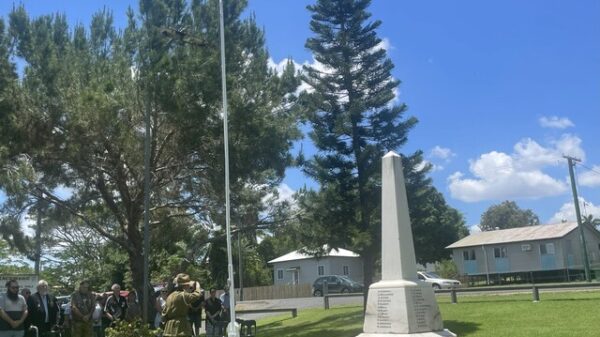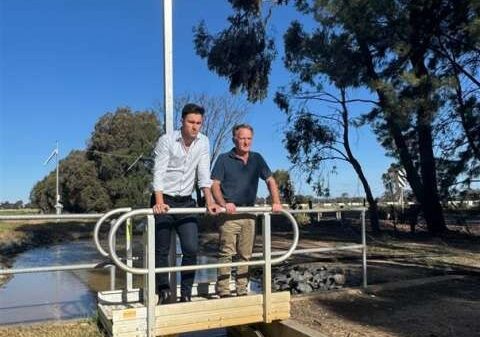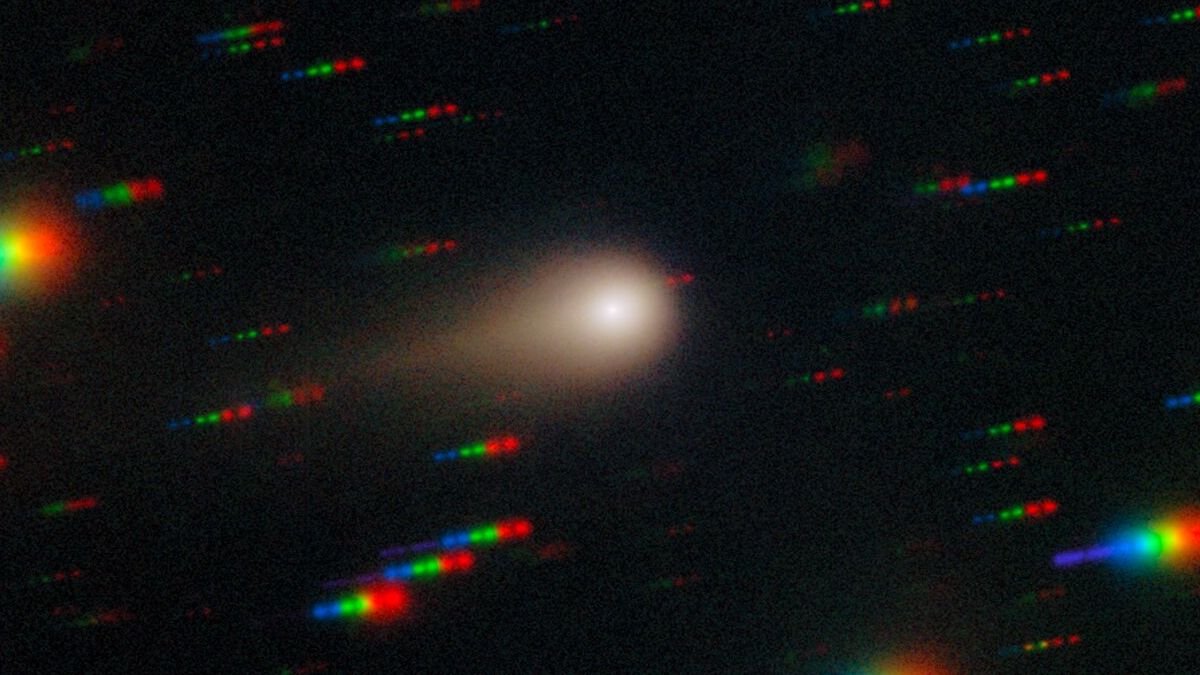Reports suggesting that the interstellar comet 3I/ATLAS is disintegrating have been overstated, and claims of it being an alien probe are unfounded. Observations indicate that the comet, discovered on July 1, 2025, is consistent with a natural origin. While it is indeed an unusual specimen, its characteristics can be explained through known cometary science.
What sets 3I/ATLAS apart from other comets is its unique composition. Telescopic observations show an unusually high nickel content, an elevated proportion of carbon dioxide, and a scarcity of common carbon-chain molecules. Additionally, the comet exhibits a red, dusty appearance, suggesting extensive exposure to cosmic rays over billions of years. Preliminary kinematic modeling indicates that it may have formed approximately 11 billion years ago. These features make 3I/ATLAS a subject of great interest for planetary scientists and space enthusiasts alike.
Despite its intriguing attributes, speculation regarding alien involvement has persisted, largely fueled by the assertions of astrophysicist Avi Loeb. Loeb has previously championed the idea of extraterrestrial objects, having gained notoriety for his theories surrounding the interstellar object 1I/’Oumuamua. He has similarly advocated for the notion that 3I/ATLAS could be an artificial construct. However, this perspective has faced significant criticism.
Astrophysicist Jason Wright of Penn State University has thoroughly addressed Loeb’s claims, arguing that most of the anomalies cited by Loeb are part of the expected variations found in newly discovered comets. Wright concludes that only four of Loeb’s ten anomalies warrant attention from planetary scientists: the high nickel abundance, extreme polarization, unusual water composition, and rapid brightening.
The assertion that 3I/ATLAS may be breaking apart also originated with Loeb, who suggested that the comet’s tail exhibited a mass loss rate that could compromise its structural integrity. Yet, this behavior is typical for comets as they approach the Sun. Sublimating ice can cause them to fragment, similar to a champagne cork popping. Cometary scientist Qicheng Zhang from Lowell Observatory stated, “All the images I’ve seen show a fairly ordinary/healthy-looking comet. There’s no sign at all that the nucleus broke apart.”
In addition to these discussions, there has been excitement surrounding radio signals detected from 3I/ATLAS. The MeerKAT radio telescope array in South Africa recorded these signals on October 24, 2025. Scientists clarified that these radio emissions result from the photodissociation of water molecules into hydroxyl radicals as the comet sublimates, producing expected absorption signals at 1665 MHz and 1667 MHz. These findings align with predictions based on observations of other comets within our Solar System.
While the scientific community continues to study 3I/ATLAS, all available data supports its classification as a peculiar comet rather than an alien artifact. The anticipation surrounding the comet will persist, especially with the potential for the Juno spacecraft to observe it closely as it passes by Jupiter in March 2026.
As David Levy, a noted Canadian astronomer, once remarked, “Comets are like cats: they have tails, and they do precisely what they want.” The ongoing fascination with 3I/ATLAS serves as a reminder of the wonders of space exploration and the importance of grounding our curiosity in scientific evidence.


































































